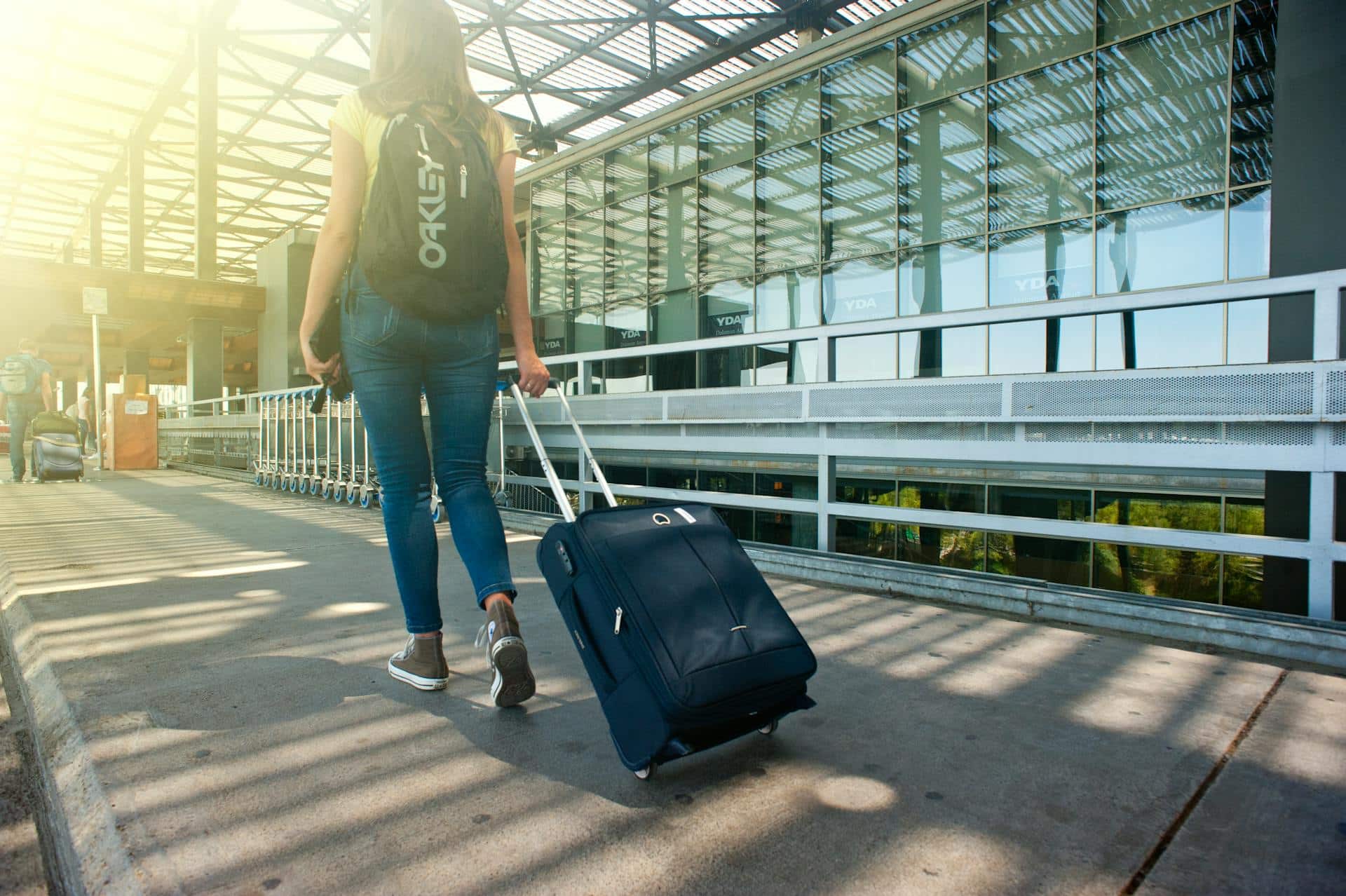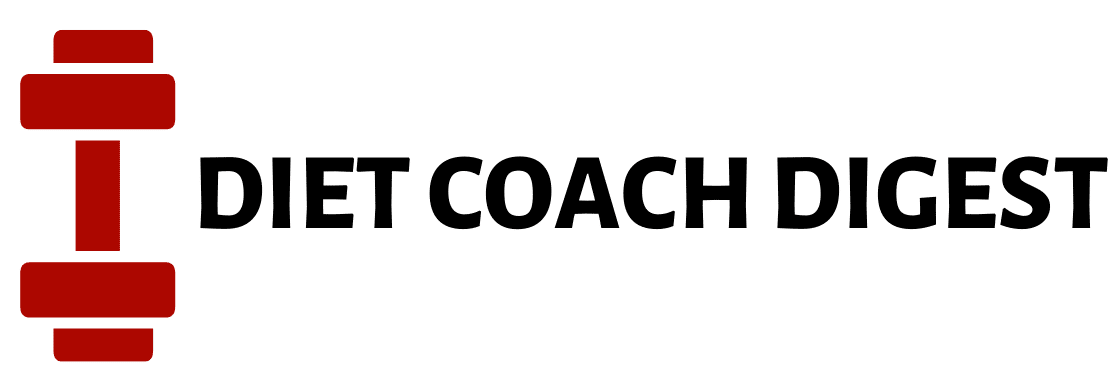How To Eat Healthy While Traveling: Top Guide

- Should You Train To Muscle Failure Every Set? What You Need To Know - March 4, 2025
- Nutrition in a Hurry: Top Post-Workout Snacks for Active People - February 20, 2025
- 15 Healthy Meal Prep Recipes: Your Weight Loss Made Easy - February 18, 2025
Ever wondered how you can maintain a healthy diet while on the road? Traveling often comes with its fair share of challenges, especially when it comes to sticking to a nutritious eating plan. The key to staying healthy while exploring new places is all about preparation, making smart choices, and finding balance.
In this article, you will discover practical tips and strategies on how to eat wholesome meals and snacks, no matter where your travels take you. From understanding local cuisines to shopping for fresh ingredients and preparing your own meals, you’ll find everything you need to know to keep your health on track while enjoying your journey.
Understanding the Importance of Eating Healthy While Traveling
Traveling can disrupt your usual eating habits, leading to poor food choices and potential health issues. Whether you’re on a business trip or a vacation, maintaining a nutritious diet is essential for keeping your energy levels high, supporting your immune system, and ensuring that you feel your best.
Benefits of Eating Healthy While Traveling
Prioritizing healthy eating while traveling can have several benefits:
- Increased Energy Levels: Nutritious foods provide sustained energy, helping you stay active and make the most out of your trip.
- Better Focus and Productivity: If traveling for work, a balanced diet can improve your concentration and efficiency.
- Improved Digestion: Healthy eating habits can help prevent bloating, constipation, and other digestion-related issues often experienced during travel.
- Enhanced Immunity: Consuming nutrient-rich foods supports your immune system, reducing the risk of getting sick while away from home.
Consequences of Poor Eating Habits When Traveling
Neglecting your diet while traveling can lead to several negative outcomes:
- Fatigue: Poor nutrition can result in sluggishness and reduced energy.
- Weight Gain: Eating unhealthy, calorie-dense foods can contribute to weight gain.
- Digestive Problems: Consuming processed or unfamiliar foods may lead to digestive discomfort.
- Compromised Immune System: A lack of essential nutrients can weaken your immune system, making you more susceptible to illnesses.
Preparing for a Healthy Travel Experience

Preparation is the cornerstone of a successful, healthy travel experience. With some foresight and planning, you can ensure that nutritious options are always within reach.
Researching Your Destination
Before you embark on your journey, take some time to research your destination. Understanding the local cuisine and food availability can help you make healthier choices.
- Local Cuisines and Healthy Options: Familiarize yourself with traditional foods and identify healthy dishes to try. Look for restaurants and cafes that offer nutritious options.
- Grocery Stores and Markets: Find out where local grocery stores and farmers’ markets are located. These can be great sources of fresh fruits, vegetables, and other healthy ingredients.
Packing Essentials
Prepare a travel health kit that includes essential items to support your healthy eating goals.
- Healthy Snacks: Pack non-perishable snacks such as nuts, seeds, dried fruits, and whole-grain crackers to avoid unhealthy temptations.
- Hydration Tools: Carry a reusable water bottle to ensure you stay hydrated. Consider a portable water filter if you’re traveling to a place where clean drinking water might be scarce.
- Portable Food Containers: Bring along silicone bags or containers for storing leftovers or packing meals on the go.
Healthy Eating Strategies on the Go
Sticking to healthy eating habits requires some adaptability and creativity while traveling. Here are practical strategies to help you stay on track.
Making Smart Restaurant Choices

Eating out is often a big part of traveling. Here’s how to make healthier choices at restaurants:
- Choose Whole Foods: Opt for dishes that include whole, unprocessed ingredients. Look for salads, grilled lean proteins, and vegetables.
- Mind Your Portions: Restaurant portions can be large. Consider sharing a dish or asking for a half portion. Don’t hesitate to take leftovers if you have a way to store them safely.
- Modify Menu Items: Don’t be afraid to ask for modifications to make a dish healthier. For example, you can request dressing on the side or substitute fries with a salad.
Grocery Shopping for Healthy Ingredients
If you have access to a kitchen during your travel, cooking your own meals can be a great way to stay healthy.
- Shop Smart: Prioritize fresh produce, lean proteins, whole grains, and healthy fats. Avoid processed and high-sugar foods.
- Simple Recipes: Stick to simple, quick recipes that don’t require extensive preparation. Preparing salads, stir-fries, and sheet pan meals can save time and effort.
- Healthy Snacks: Stock up on healthy snacks such as fruits, yogurt, and nuts to keep you satisfied between meals.
Staying Hydrated

Hydration is crucial while traveling, as it supports digestion, energy levels, and overall health.
Importance of Staying Hydrated
Dehydration can lead to fatigue, headaches, and decreased cognitive function. It’s important to drink plenty of water, especially when traveling by plane, as the dry cabin air can accelerate dehydration.
Tips for Staying Hydrated
- Carry a Water Bottle: Always have a reusable water bottle with you. Fill it up whenever you get the chance.
- Limit Caffeine and Alcohol: Both caffeine and alcohol can dehydrate you. If you do consume them, balance with plenty of water.
- Eat Hydrating Foods: Include fruits and vegetables with high water content in your diet, such as cucumbers, oranges, and watermelon.
Navigating Airport and Flight Meals

Air travel presents unique challenges for eating healthy. However, with some planning, you can make nutritious choices even at 30,000 feet.
Healthy Airport Eating
Airport food options are often limited, but you can still find healthy choices.
- Look for Fresh Options: Many airports now offer fresh salads, fruits, and yogurt. Opt for these instead of fast food.
- Pack Your Own Food: Bringing your own meal or snacks can save you from unhealthy airport choices. Consider a homemade sandwich, cut veggies, and hummus.
In-Flight Meal Tips
Airline meals are not always the healthiest, but there are ways to navigate them.
- Special Meal Requests: When booking your flight, check if the airline offers special meal options (e.g., vegetarian, low-sodium, etc.).
- Healthy Selections: Opt for the healthiest option available and avoid high-sugar, processed snacks.
Exercise as a Complement to Healthy Eating
Staying active is an important aspect of maintaining a healthy lifestyle while traveling. Exercise complements your healthy eating habits and helps prevent weight gain, improves mood, and keeps you energized.
Incorporating Exercise into Your Travel Routine

Finding time and ways to exercise while traveling can be challenging, but it’s far from impossible.
- Plan Ahead: Research options for physical activity at your destination. Look for local parks, walking trails, or fitness facilities.
- Travel-Friendly Workouts: Pack exercise gear like resistance bands or a jump rope for quick workouts in your hotel room. Many online resources offer hotel room-friendly workout routines.
- Active Sightseeing: Choose activities that involve movement, such as walking tours, hiking, or renting a bike to explore the city.
Dealing with Dietary Restrictions and Preferences
Traveling with dietary restrictions or preferences adds another layer of complexity, but it’s manageable with some advance planning.
Researching Ahead
Knowing what to expect at your destination can help you navigate dietary restrictions more smoothly.
- Translation Cards: If you’re traveling to a country with a different language, consider carrying translation cards that explain your dietary restrictions or preferences.
- Restaurant Look-Up: Identify restaurants that cater to your dietary needs in advance.
Packing Essential Foods
Bringing snacks and meal ingredients can ensure you have safe options to fall back on.
- Non-Perishable Snacks: Think about packing gluten-free, vegan, or allergen-free snacks that meet your needs.
- Travel-Friendly Food: Items like single-serving nut butters, canned fish, and instant oatmeal can be lifesavers.
Tips for Specific Types of Travel
Each type of travel comes with its own set of challenges and opportunities for eating healthy. Here are some specific tips for common travel scenarios.
Road Trips
Road trips give you more control over your food choices since you can pack and prepare meals in advance.
- Pack a Cooler: Include pre-made meals, yogurt, fresh fruit, and sandwiches.
- Healthy Pit Stops: Research rest stops and restaurants along your route that offer nutritious options.
- Stay Hydrated: Keep a good supply of water in the car to stay hydrated.
Business Travel
Business travel often involves tight schedules and frequent dining out.
- Healthy Breakfast: Start your day with a balanced breakfast to set a healthy tone.
- Smart Meetings: If possible, suggest meeting over coffee or a light meal rather than a large lunch or dinner.
- Hotel Options: Book hotels with fitness centers and healthy dining options.
International Travel
International travel offers a chance to sample new cuisines, but it can be challenging to navigate dietary preferences and restrictions.
- Cultural Awareness: Research the local food culture to understand what healthy options are available.
- Safe Water: Be cautious with tap water and ice. Opt for bottled or filtered water if needed.
- Eating Fresh: Prioritize fresh, whole foods and avoid street food that may not meet hygiene standards.
Maintaining a Balanced Approach
While it’s important to prioritize healthy eating, allowing yourself some flexibility can enhance your travel experience without negatively impacting your health.
Enjoying Treats in Moderation
Part of the excitement of traveling is trying new foods. Indulge in local specialties, but do so mindfully.
- Portion Control: Enjoy treats in small quantities to keep your diet balanced.
- Balance Your Meals: If you have an indulgent meal, try to make your next one lighter and more nutritious.
Listening to Your Body
Pay attention to how your body responds to different foods and activities.
- Eat When Hungry: Avoid eating out of boredom or stress. Listen to hunger cues.
- Mindful Eating: Take time to savor your meals and appreciate the flavors. This can help you eat more slowly and avoid overeating.
Staying Positive
Maintaining a positive attitude toward healthy eating can make the endeavor more enjoyable.
- Set Realistic Goals: Understand that perfection is not the goal. Aim for balance and make the best choices you can.
- Celebrate Progress: Acknowledge and appreciate your efforts to eat healthy, even if you encounter occasional setbacks.
Conclusion
Eating healthy while traveling may require some extra effort and planning, but it is entirely achievable. With the right strategies, you can enjoy your journey without compromising your health. By understanding the local food landscape, preparing in advance, and making informed choices, you can savor your adventures and stay well-nourished.
Remember, the essence of a fulfilling journey lies in the balance between exploration and well-being. Happy and healthy travels!
Table of Contents







